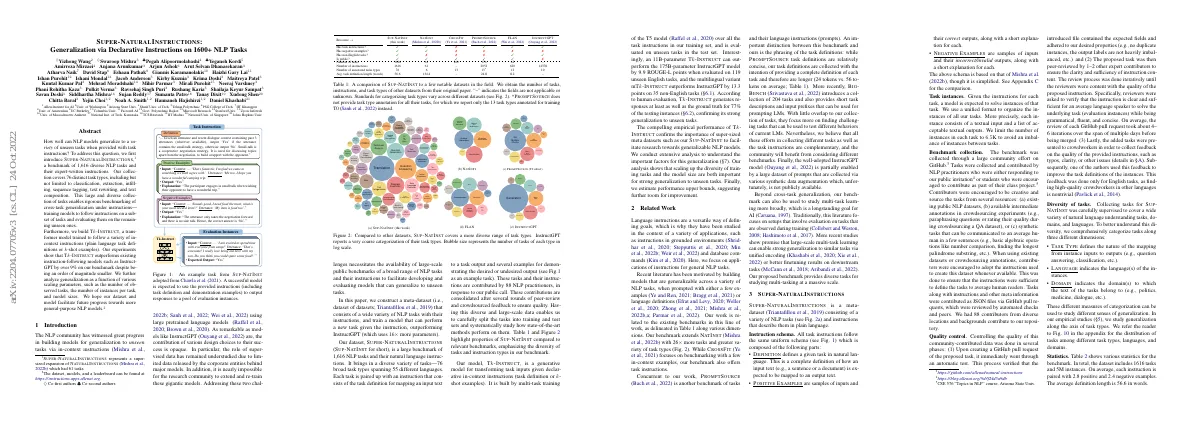
EnvPool: A Highly Parallel Reinforcement Learning Environment Execution Engine
Link to paper The full paper is available here. You can also find the paper on PapersWithCode here. Abstract Significant progress has been made in developing reinforcement learning training systems. Parallel environment execution is often the slowest part of the system but receives little attention. EnvPool improves the RL environment simulation speed across different hardware setups. EnvPool is compatible with existing RL training libraries. EnvPool allows researchers to iterate their ideas quickly....








